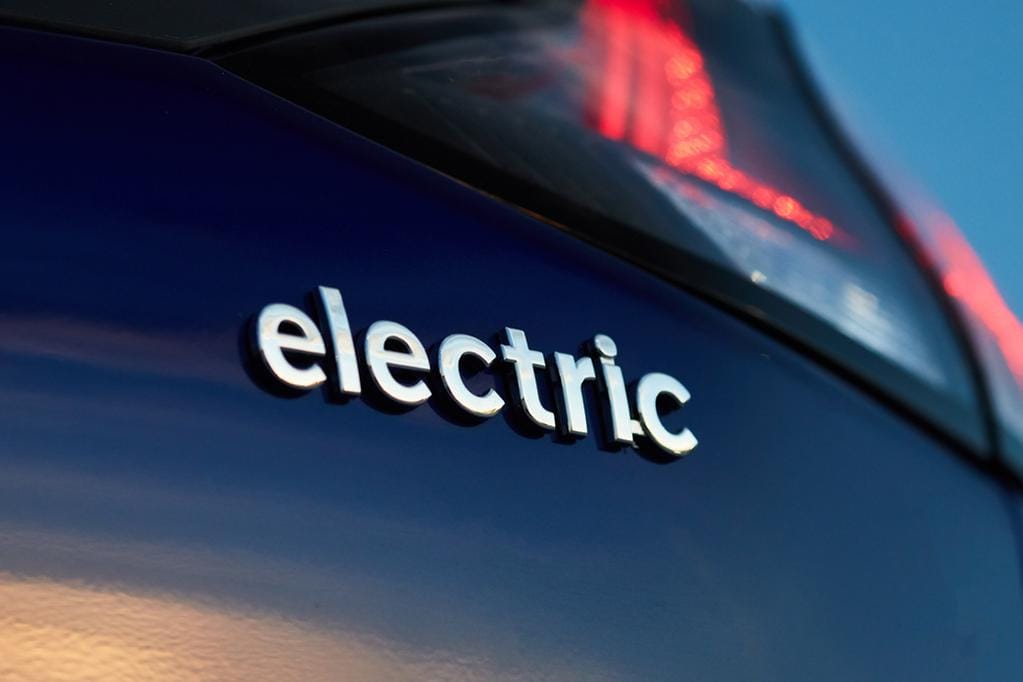While Australia has seen significant growth in electric vehicle (EV) adoption in recent years, the country still lags behind many OECD nations in EV uptake. This has led to ongoing debates about the need for more comprehensive national incentives to accelerate the transition to electric mobility.

Current Incentive Landscape:
- Most EV incentives in Australia are currently offered at the state and territory level
- Incentives vary widely between jurisdictions, creating a patchwork of policies
- Some states have recently ended or reduced their EV subsidies
Federal Government Approach:

- The primary federal incentive is the Electric Car Discount, providing Fringe Benefits Tax exemptions for EVs
- No direct federal purchase subsidies are currently in place
Arguments for National Subsidies:
- To create a more uniform approach across the country
- To boost EV adoption rates to meet climate targets
- To bring Australia in line with international peers in EV policy
Challenges:
- Budget constraints and competing priorities for government spending
- Debate over the most effective forms of incentives (e.g., direct subsidies vs. infrastructure investment)
- Concerns about the equity of EV subsidies, which may disproportionately benefit higher-income households
Industry Perspective:
- Many in the automotive industry and environmental groups continue to call for stronger national policies
- Focus on both purchase incentives and investment in charging infrastructure
While there have been significant strides in EV adoption in Australia, the lack of a comprehensive national policy remains a point of discussion. As the global automotive industry continues its shift towards electrification, pressure is likely to mount for more cohesive and substantial federal support for EV adoption in Australia.
The debate over national EV subsidies reflects the broader challenges of balancing environmental goals, economic considerations, and equity concerns in the transition to sustainable transportation.













